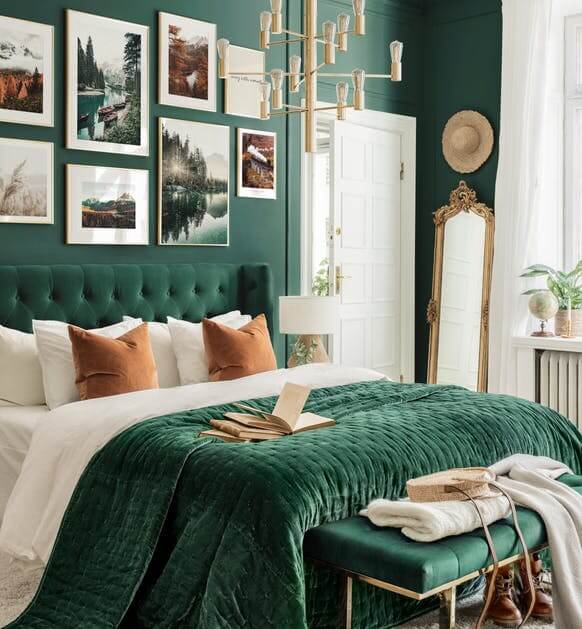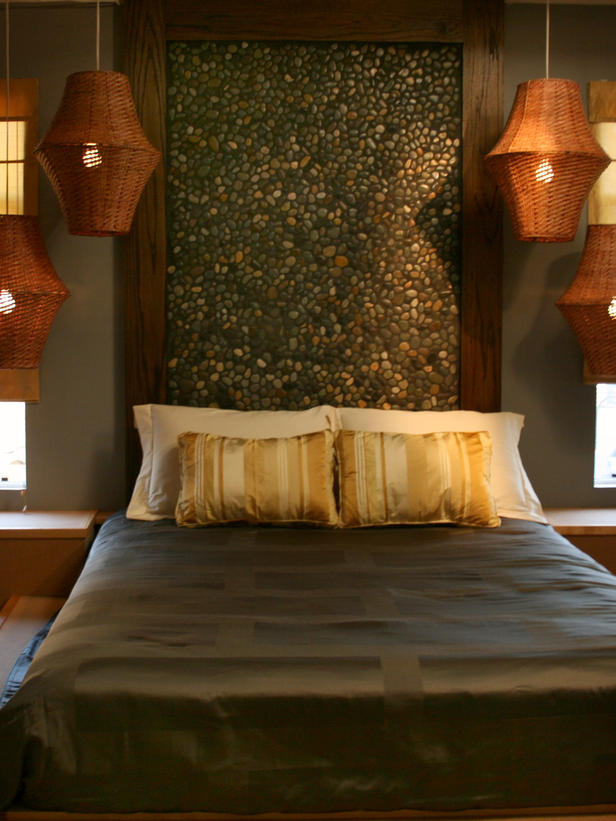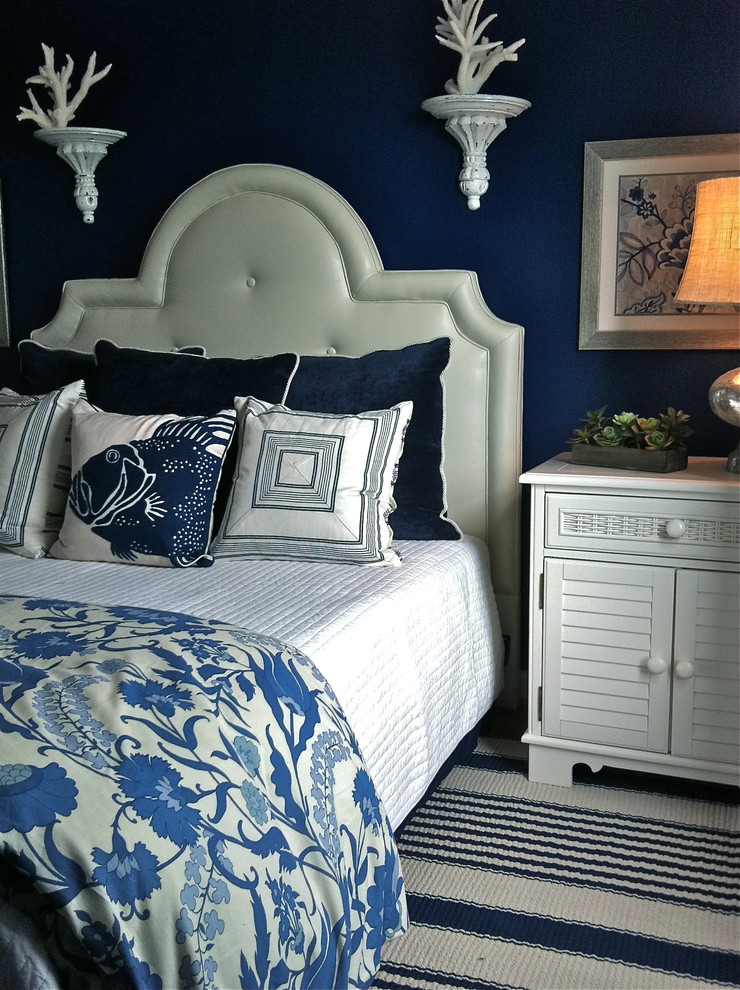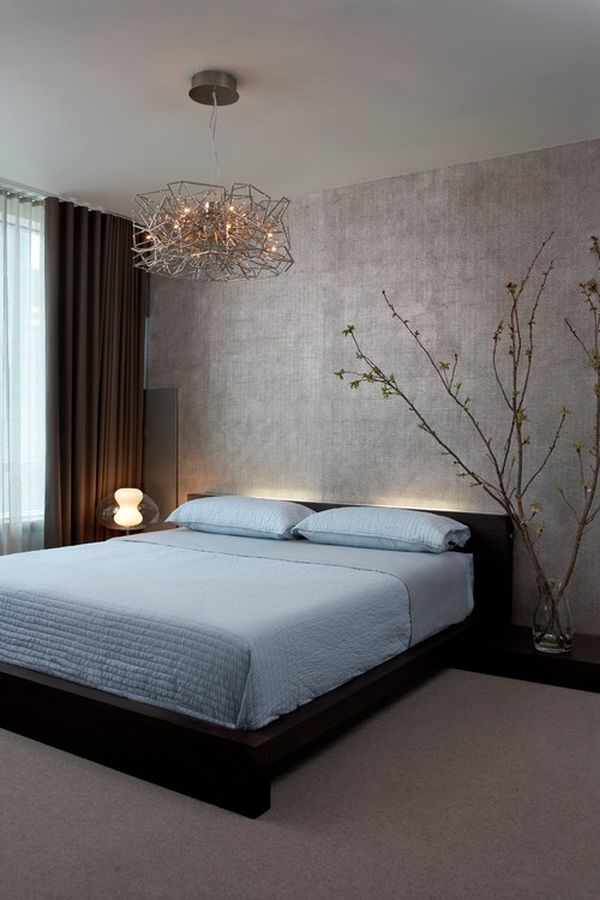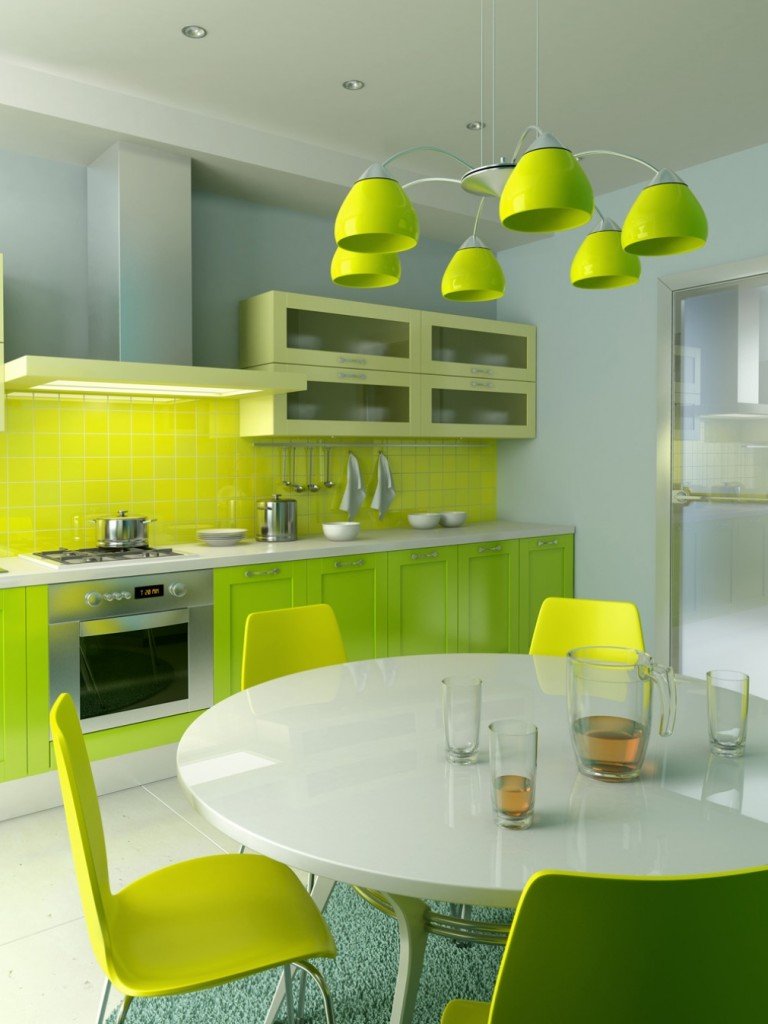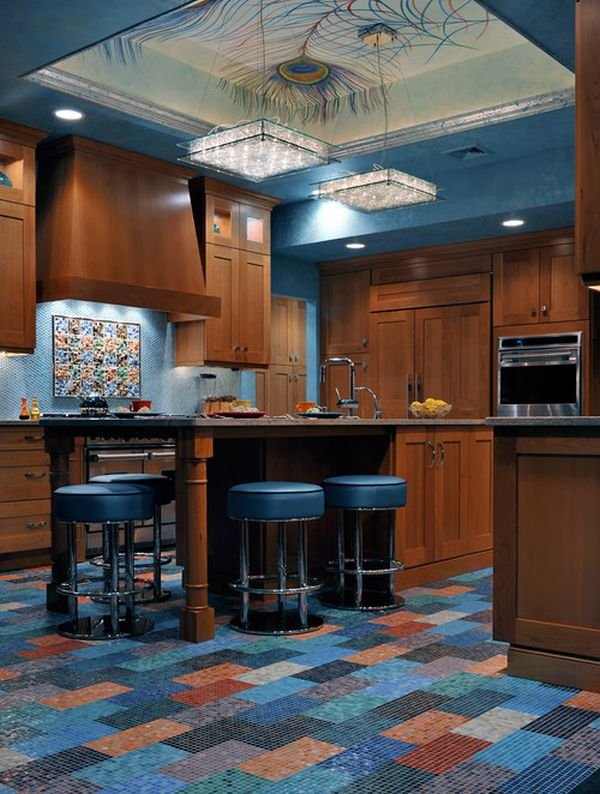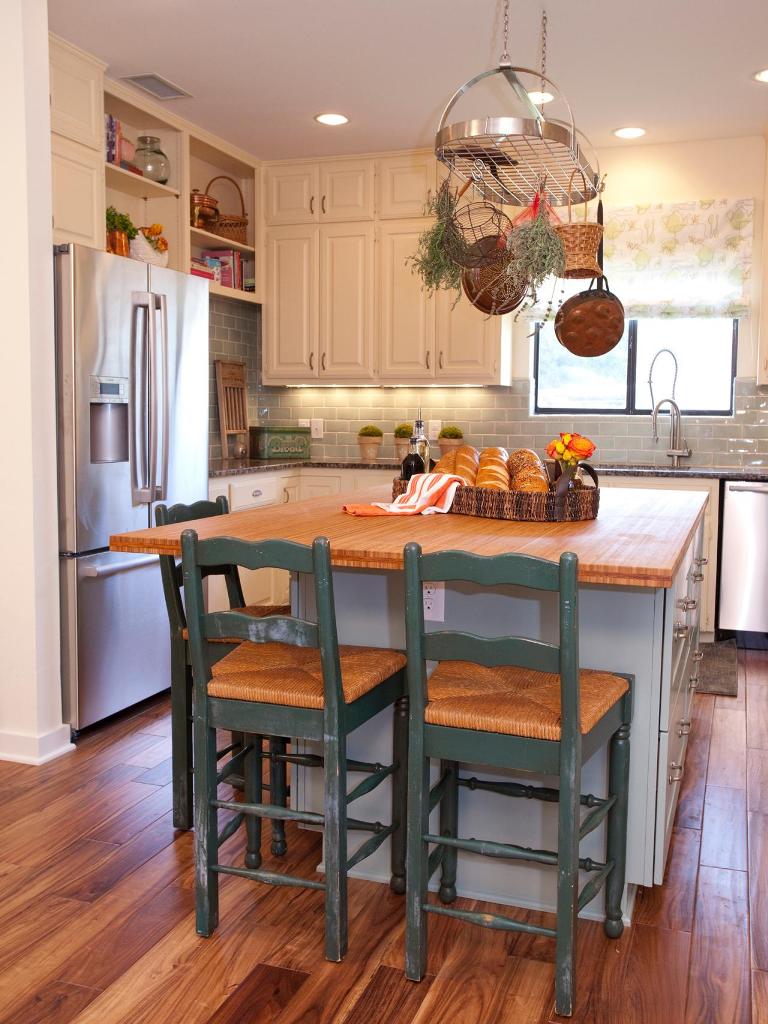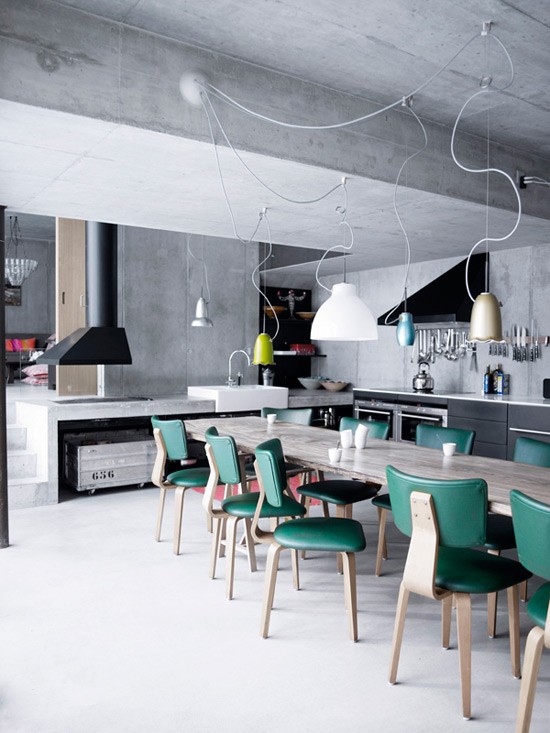The chosen palette should favour the atmosphere of relaxation and intimacy.
Have you already decided on the colours for your bedroom? If the answer is “no”, then read this article because we will present some interesting suggestions for painting this room in the house. Choosing the appropriate shades should take into account the profile of the residents and also the Feng Shui teachings.
The bedroom is one of the most intimate environments in the house, being a true invitation to rest. When planning the decoration of this environment, it is not enough just to choose the furniture and accessories. It is also of fundamental importance to define the best colour palette. In cases of doubt in this regard, count on the help of Feng Shui.

For those who don’t know, Feng Shui is a technique of Chinese origin that seeks to harmonize environments. The teachings believe that the colours and placement of objects can influence the well-being of residents within the home.
Feng Shui and Bedroom Colors
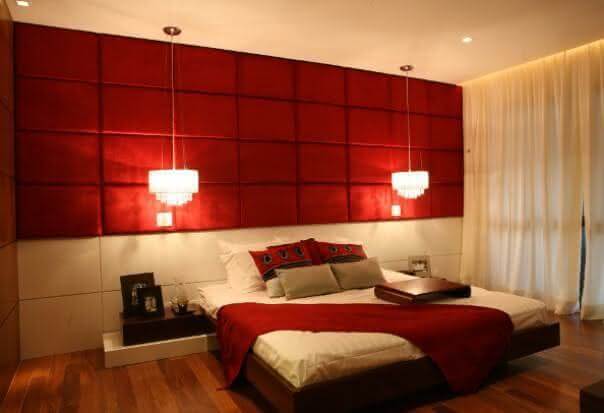
The bedroom stands out as one of the most important environments in the house, where people tend to spend much of their time asleep. Considering this reality, Feng Shui proposes solutions that activate the areas of love and relationship through furniture, colours, and even lighting.
According to Feng Shui, the best room colours are yellow, red and orange. These warm tones prevail because they bring a feeling of comfort and security. However, it is important to be careful not to overuse these colours and always seek a balance with neutral tones.
If the resident decides to use red on the walls, for example, he should be cautious and only mount a kind of panel of that colour on the wall behind the headboard. The excess of red causes agitation and can affect emotions, so the tone should be used in moderation.
Colours for each room type
The use of warm colours to decorate the room is a great solution proposed by Feng Shui, but you don’t need to just follow this palette. See below for more suggestions, according to each type of room:
Double bedroom
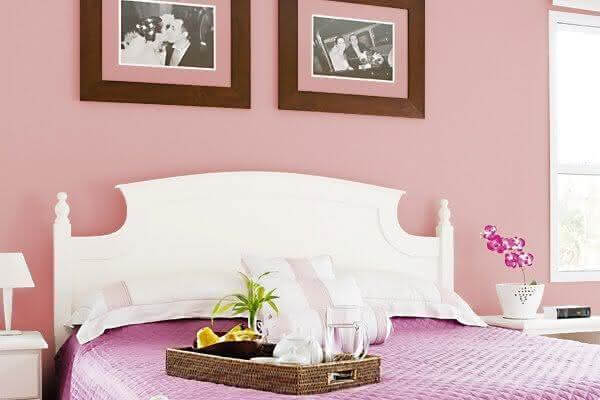
If the couple has a busy routine and is looking for a pleasant environment to rest in, it’s worth working with green decor. Light tones can calm the nervous system and provide well-being. Another colour that has a calming effect is light blue, but its use should be moderated so as not to cause a feeling of coldness. Finally, it is also possible to use the colour pink, which carries with it the idea of romance and tenderness.
Baby’s room
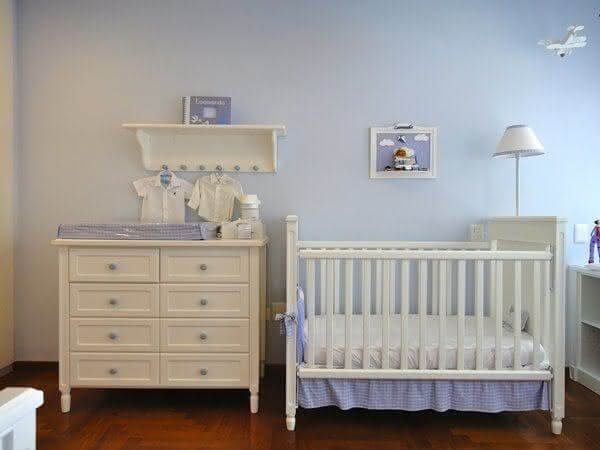
When planning a baby’s room, it is very important to think of a colour combination that is comfortable, pleasant and welcoming. Under no circumstances should the project incorporate walls with strong colours, such as red, as this can cause restlessness for the baby and make it difficult to sleep. The ideal is to bet on pastel tones, which are soft, clear and calm.
Kids’ room
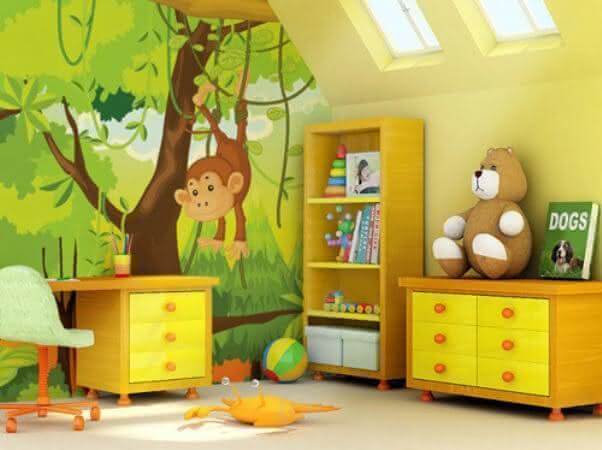
The colours, when well-worked in the child’s room, can have a playful purpose and stimulate childhood development. Yellow is a hue that works well in this type of environment as it encourages intellect and communication. The combination of vibrant colours that are opposed in the chromatic circle is also released.
Single room
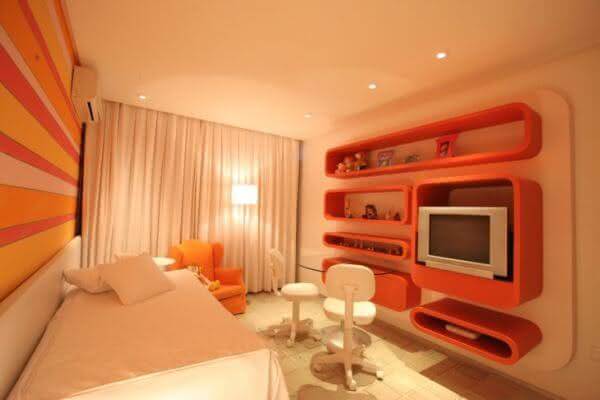
The single bedroom, when inhabited by a teenager, can have a wall painted in orange. This colour is very positive because it stimulates intellect and creativity, something very interesting to improve performance in studies. Another very favourable shade to work in this room is violet, as it brings peace of mind and tranquillity.
There are many colour options for the bedroom, but in any case, it is important to think about the harmony of the combinations and avoid excesses. If you’re going to work with a strong tone, for example, don’t forget to balance it with a light neutral colour, such as white.
The effects of each colour in the bedroom
See below for a summary of the sensations and feelings related to each colour when applied to room decoration:
Blue:

Blue is synonymous with peace, comfort, tranquillity, harmony and wisdom. When used sparingly, this colour is an invitation to relaxation. Excess leads to monotony, so it’s important not to overdo it.
Green:

Green a room decorated in shades of green makes new projects flourish and contributes to achieving goals. It’s a good colour to renew your energies, have balance and get closer to nature.
Purple:
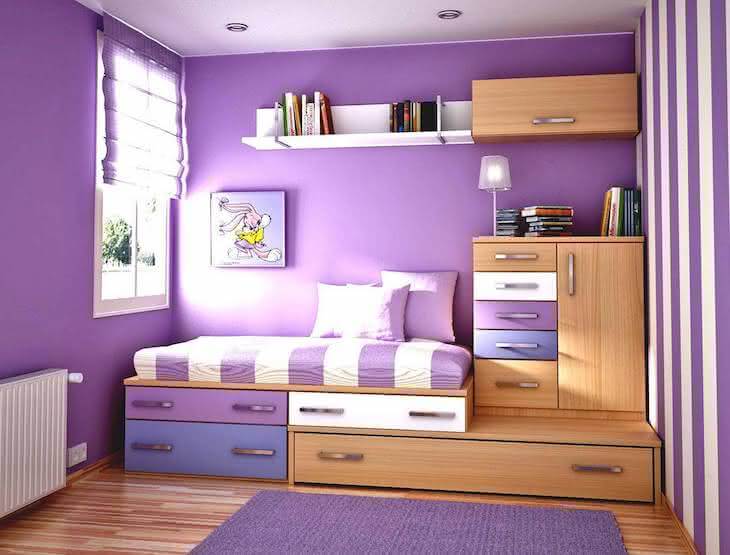
Purple colour represents the union with the spirit world and inspires respect and dignity. However, it should be used with caution so as not to stimulate the feeling of sadness.
Red:
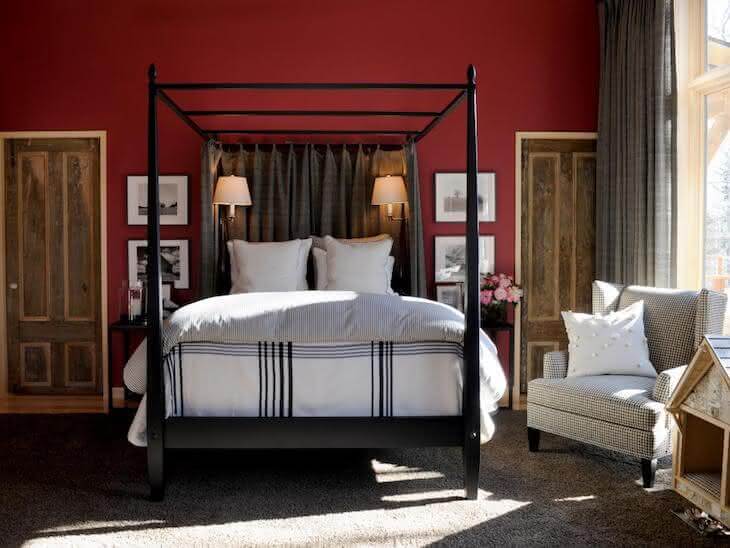
Red conveys the idea of vitality, power and energy. In the master bedroom, it is a good colour to stimulate passion. The excess of this strong tone causes tiredness and impairs rest.
Pink:

Pink is a perfect colour to reactivate the relationship, as it promotes the encounter between love and happiness.
Yellow:

Yellow: is a tone that speeds up energy and stimulates joy. It’s also about tolerance and wisdom. As it is a very bright colour, the excess can affect rest times.
White:

White is a pure, neutral and timeless colour. However, overuse can cause impatience, irritation and neutrality of feelings.
Gray:

Gray is the mixture of white and black, two opposite colours, conveys the idea of balance.
Black:

Black is related to wisdom and depth. When combined with white, the colour becomes even more promising as it inspires power and respect.
Orange:

Orange is an antidepressant, stimulating and energetic colour.
Brown:

Brown is a sober, heavy colour that represents the earth. Furthermore, it has to do with tradition and respect.
In addition to the colours…
Check out some tips for applying Feng Shui in the bedroom through the arrangement of furniture and other objects:
-
Keep all items organized so as not to disrupt the energy flow in the room or sleep.
-
After cleaning and tidying the wardrobe, you should keep the doors closed. On the other hand, Windows must be open during the day so that the environment can receive sunlight and wind.
-
Feng Shui recommends not having electronic devices in the bedroom, such as television, computer and stereo. If this is not possible, the tip is to send the TV as far away from the bed as possible so as not to spoil your rest time.
-
You can have a mirror in the bedroom as long as it doesn’t reflect your sleeping image. According to the technique of harmonizing environments, the experience of looking at oneself sleeping attracts bad luck.
-
Don’t give up the headboard! This furniture provides more security and stability.
-
Access to the bed must be from both sides, so no need to lean one of the sides of the furniture against the wall.
-
The bed should never be positioned facing the door.
-
If the goal is to activate the relationship area, remember to use pairs of objects in the decoration.
Technique application
The Bagua is a Feng Shui tool. See how it is applied to the room and which colours are best suited for each area:
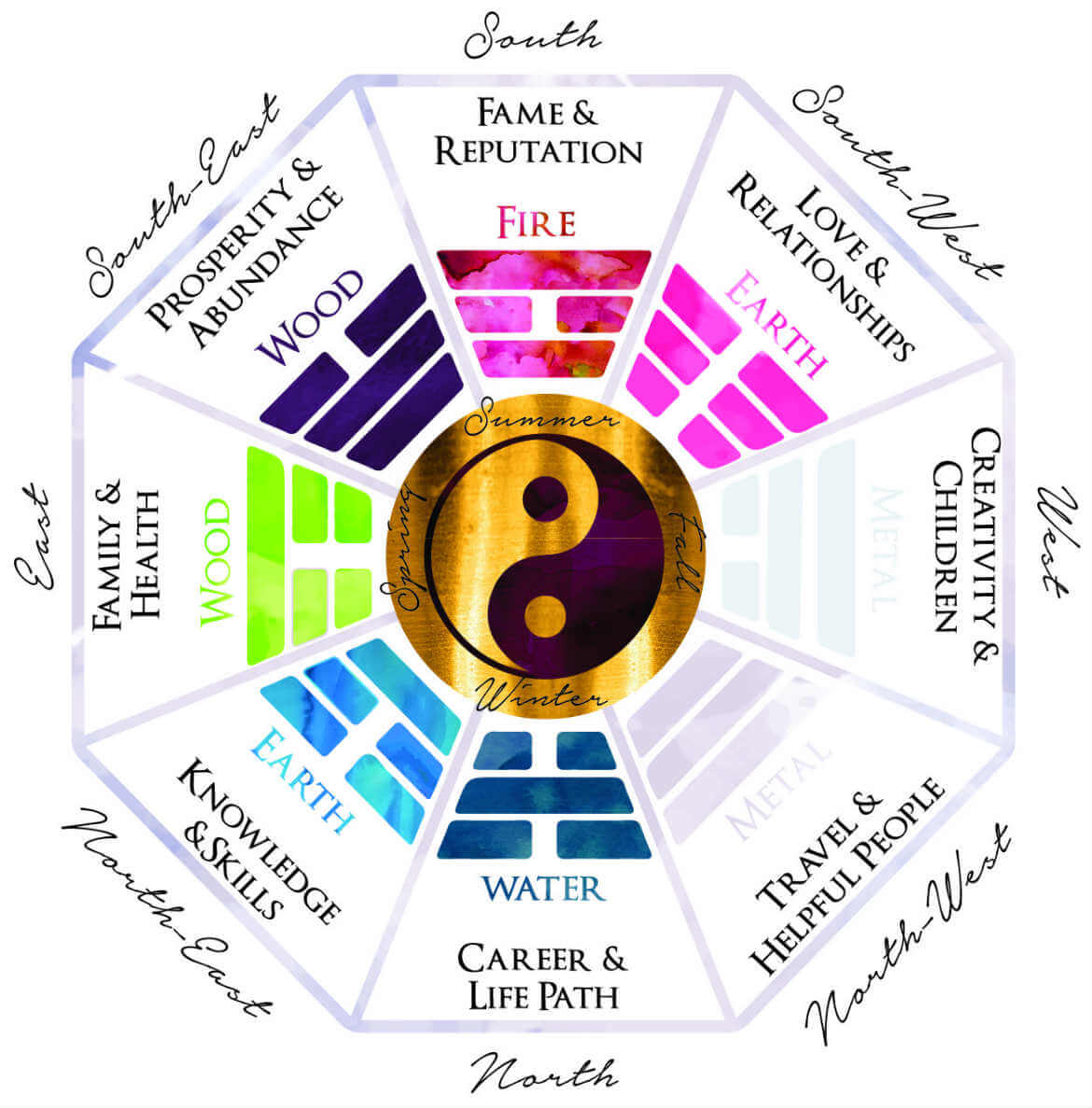
Colour application, considering the best energy distribution:
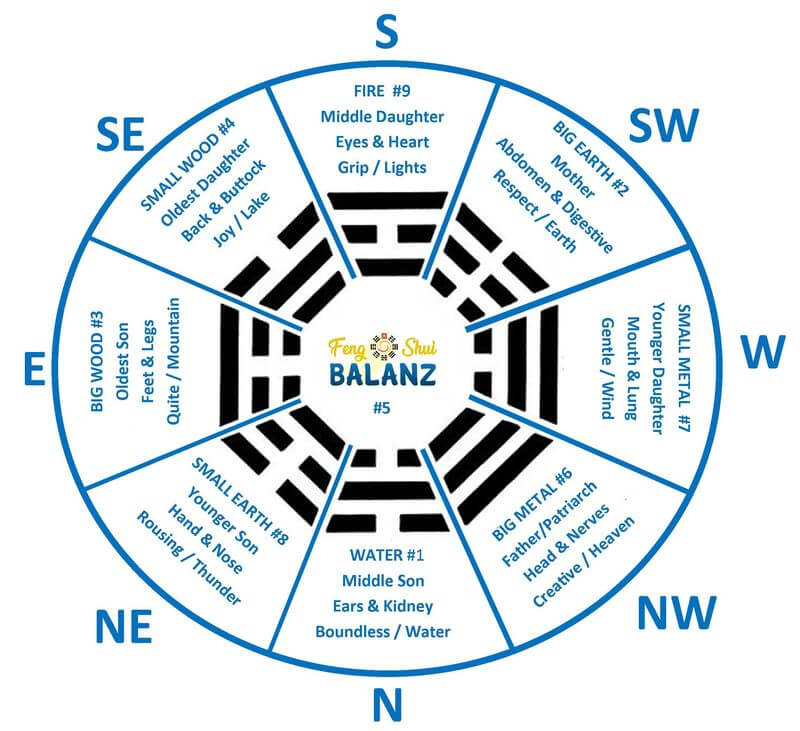
Now just choose the colours according to the energies you want to attract to the bedroom.

